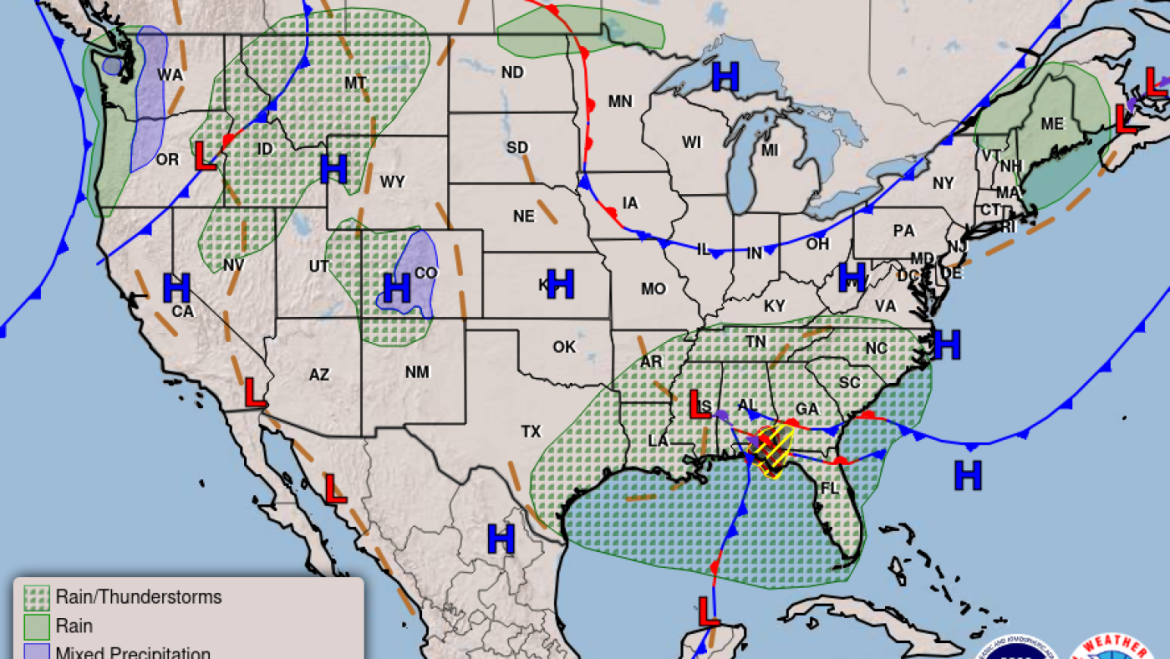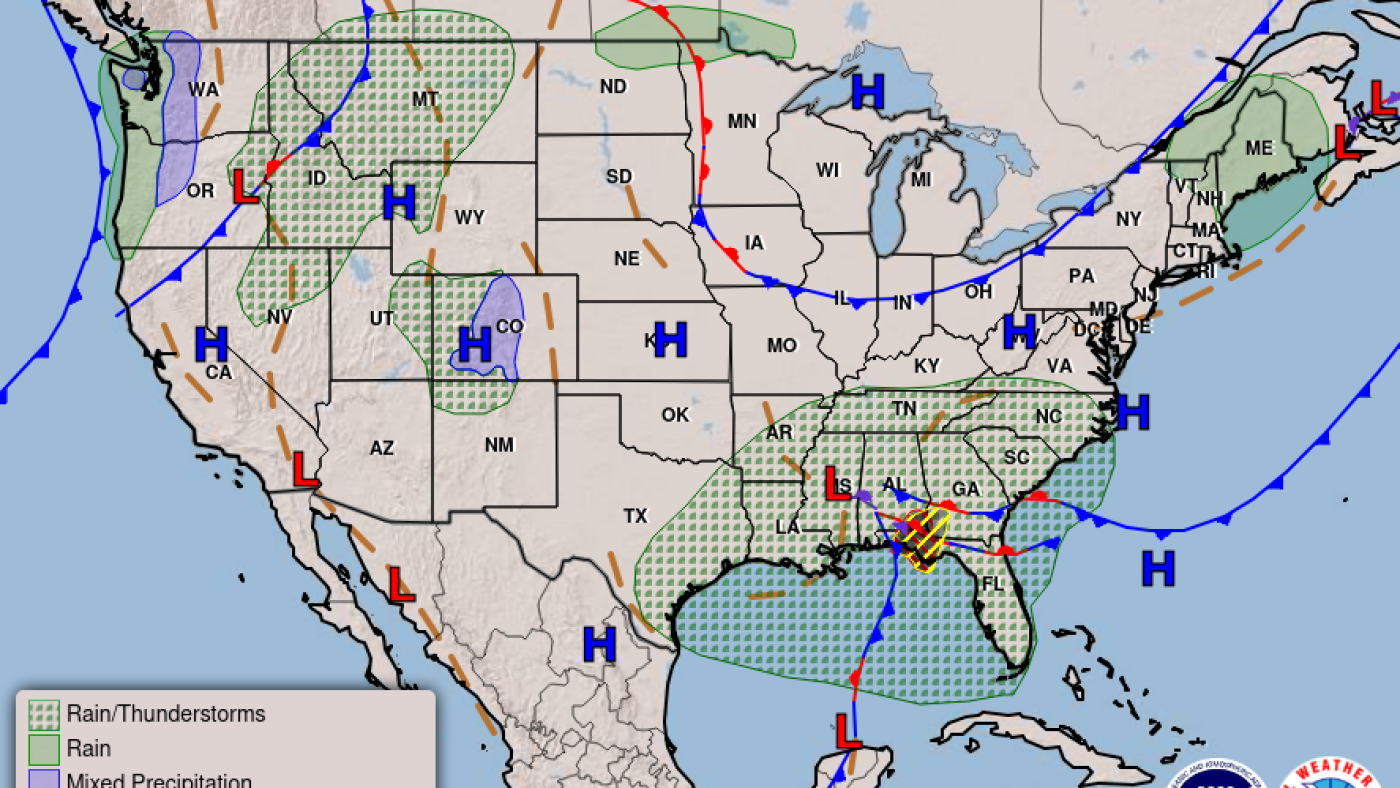Atmospheric Rivers: Unusual Events and Their Impacts
Understanding Atmospheric Rivers
Atmospheric rivers are long, narrow regions in the atmosphere that transport moisture from the tropics to the mid-latitudes. These weather phenomena are typically associated with heavy rainfall and strong winds, often leading to significant flooding and other weather-related issues. While these events are commonly observed on the West Coast of the United States, recent data indicates that atmospheric rivers are increasingly impacting the Southeast and other regions.
The Unusual Southeast Event
The National Oceanic and Atmospheric Administration (NOAA) has announced an upcoming atmospheric river event set to hit Florida and other parts of the Southeast. This event is particularly noteworthy because atmospheric rivers are more commonly observed in the West. The Southeast is not typically prone to these weather patterns, making this event somewhat unusual. The storm system is expected to bring significant precipitation, potentially leading to flooding and severe storms in the region.
The Science Behind the Event
Atmospheric rivers are fueled by strong winds that carry large amounts of water vapor from the tropics. These winds can transport moisture equivalent to the average flow of water at the mouth of the Mississippi River. The intensity and duration of these events can vary, but they are often characterized by rapid dry-to-wet transitions and the intensification of extremes. This event is expected to bring torrential rain and severe storms to the Southeast, Florida, and southern Appalachia.
The Impact on the Southeast
The upcoming atmospheric river event is expected to bring heavy rainfall and severe storms to the Southeast, a region not typically accustomed to such weather patterns. This could lead to significant flooding and other weather-related issues. The projected precipitation is set to hit a region still struggling in the aftermath of the polar vortex event that left most of the country in a deep freeze over the holiday weekend. This could exacerbate existing weather-related issues, leading to further damage and distress.
The Role of Climate Change
Climate change is playing a significant role in the increasing frequency and intensity of atmospheric river events. Warmer temperatures lead to more moisture in the atmosphere, which can fuel these storms. This event is a compelling example of how climate change is contributing to the intensification of weather extremes. The rapid dry-to-wet transitions and the intensification of extremes are potentially resulting from climate change, making these events more frequent and severe.
The Importance of Forecasting and Preparedness
Improved forecasting and community awareness are crucial for mitigating the impacts of atmospheric river events. A better understanding of when these events occur, their basic characteristics, and the weather patterns conducive to their development will lead to improved forecasting and community awareness. This will help communities in the Southeast and other regions better prepare for these events, reducing the risk of damage and loss of life.
The Need for Continued Research
Continued research is essential for understanding the dynamics of atmospheric rivers and their impacts on different regions. This includes studying the frequency, intensity, and duration of these events, as well as their relationship to climate change. By gaining a better understanding of these phenomena, scientists and meteorologists can develop more accurate forecasts and provide better guidance to communities at risk.
Conclusion
The upcoming atmospheric river event in the Southeast is a stark reminder of the changing weather patterns and the increasing impact of climate change. While these events are more common in the West, the Southeast is not immune to their effects. Improved forecasting, community awareness, and continued research are essential for mitigating the impacts of these events and protecting communities at risk. By understanding and preparing for these phenomena, we can better adapt to the changing climate and protect our communities from the impacts of extreme weather events.


